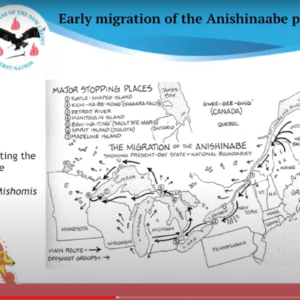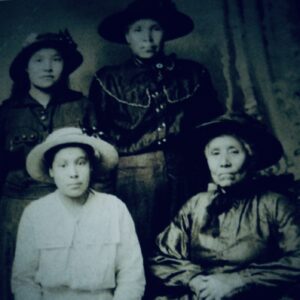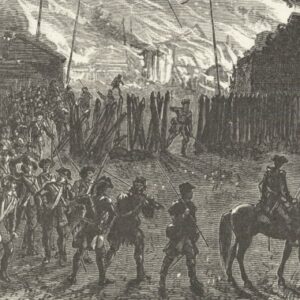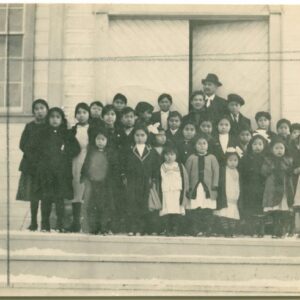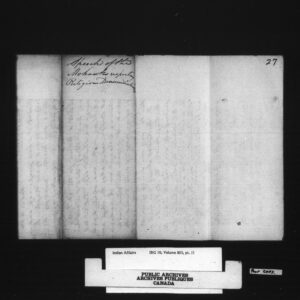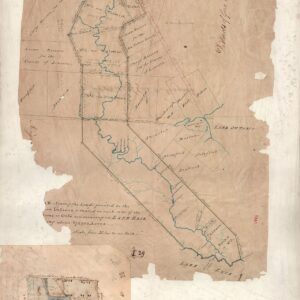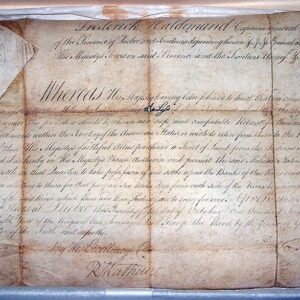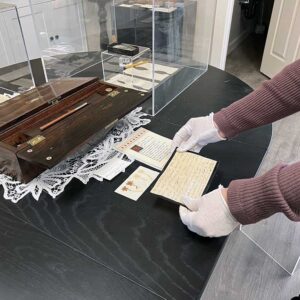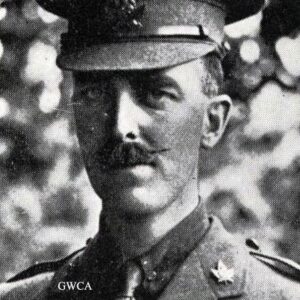
By Thohahoken
In 1913 Arthur the Duke of Connaught travelled to Ohsweken.
At the now “old” council house on the Six Nations territory, the Duke received the honour of the Condolence ceremony. He’d been at Six Nations in 1869 as the teenaged son of Queen Victoria. The chiefs gave him the condolence because his mother had died in the mean time.
There was a difference in 1913 — Arthur was Governor General of Canada.
The condolence has direct importance for the role of the Six Nations in the First World War. This act renewed the alliance for mutual defence. Six Nations declared war on the Kaiser. Officials and friends in Brant County accepted Six Nation’s role as vital to their shared history.


Brant Officials offered their letter of condolence to Six Nations for the death of Lt. Cameron Brant and remarked on the debt to the Brant name in the shared history between Settlers and Indigenous people in the Grand River Valley.

Brant Officials offered their letter of condolence to Six Nations for the death of Lt. Cameron Brant and remarked on the debt to the Brant name in the shared history between Settlers and Indigenous people in the Grand River Valley.


Six Nations’ veterans like the Montours talked about the role Indigenous soldiers played in key battles in Europe such as Vimi Ridge. Wes Doxtater described how British commanders used Six Nations people in the first tanks — tanks the commanders didn’t know would work. But when Six Nations soldiers drove German forces from their trenches in the first tank offensive British commanders quickly shuttled the Indians out of the way for pictures taken using white soldiers.
The Six Nations contingent was from all across the territory and cut across religious and political lines. Buck, Longboat, Green, Montour, Miller, and many more. There was unity to combat a common foe. This unity was demonstrated in a letter to the British king in 1915 where Clanmothers told King Edward that the Two Row and Friendship treaties made it necessary for men to fight as allies of the Crown. In the letter the Clanmothers said that among the Six Nations men who went were two 15-year-old boys and asked that the king send them home.
Not only were Six Nations people demonstrating their honour of the alliance, but women also understood Six Nations place as an international people.
In 1919 Canadian government officials used the First World War veterans to agitate for the overthrow of the confederacy chiefs. The main focus of the veterans protest was the nepotism used locally for hiring people for government jobs. The call to return to what was called “our old form of democracy” began in the 1800s with petitions to Canada.


